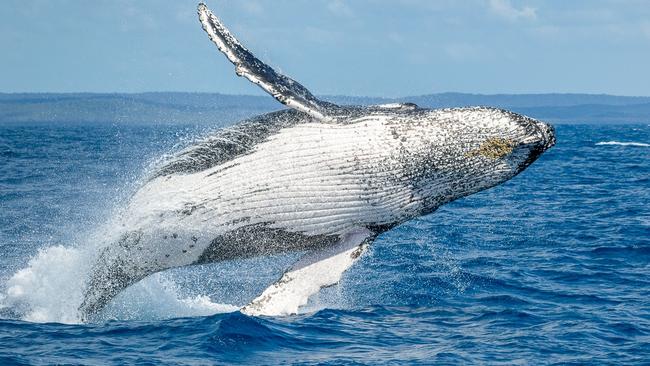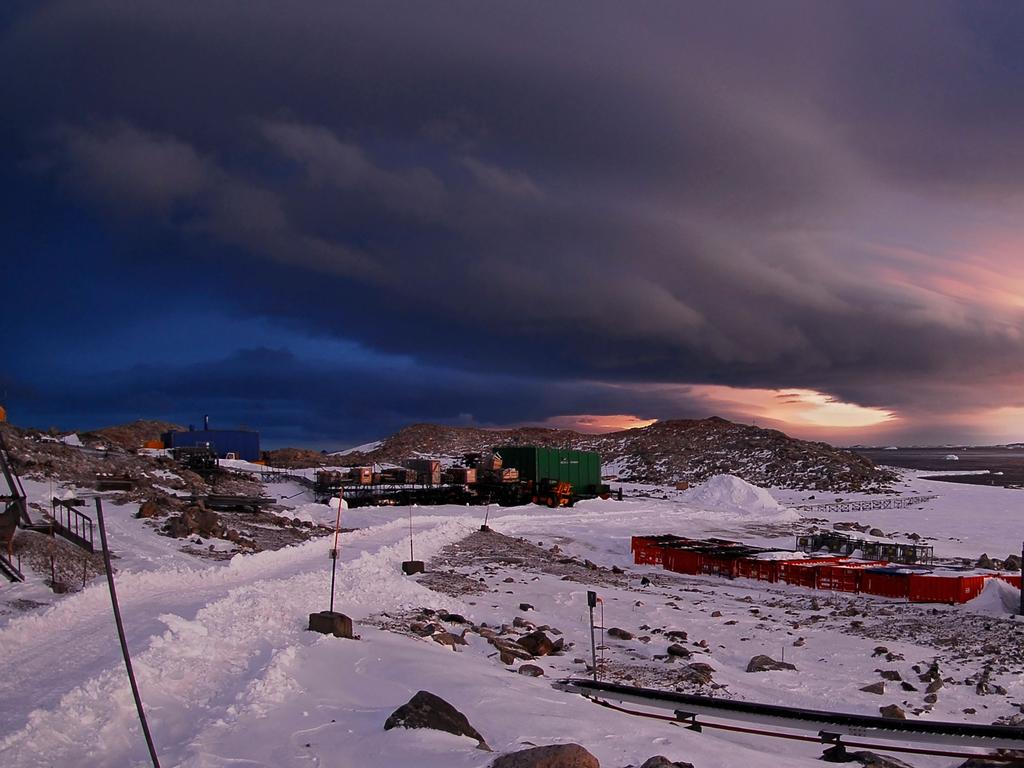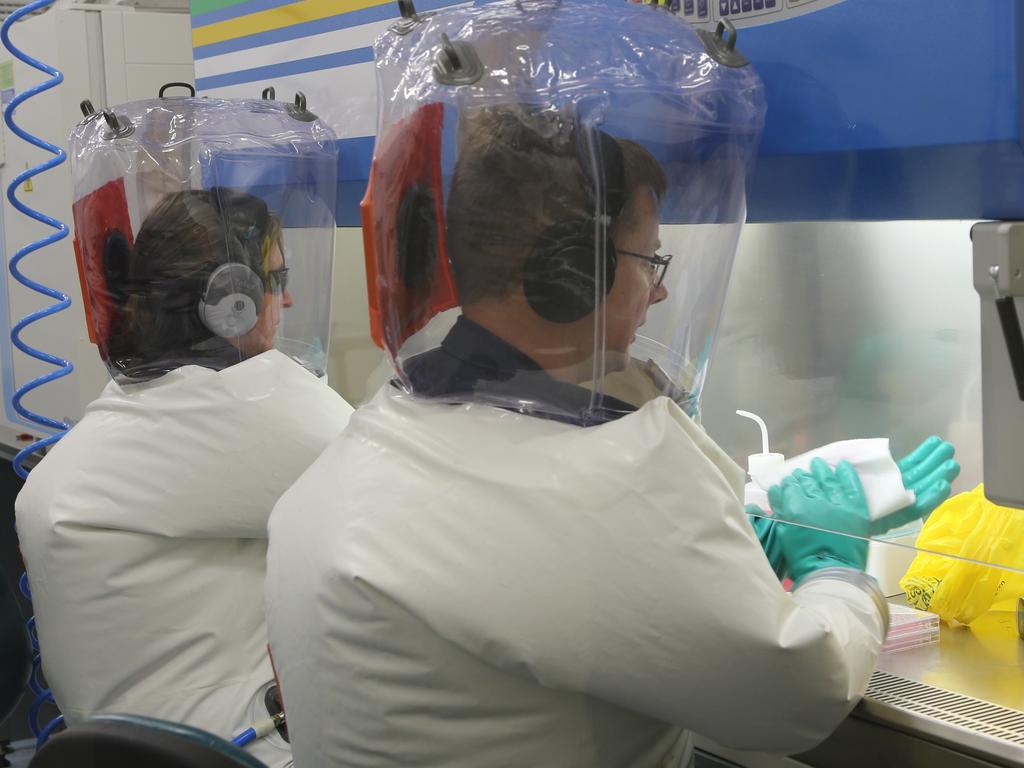Whales’ recovery shows we can fix damage to oceans from overfishing and climate change
The recovery of humpback whales and other wildlife has fundamentally changed the notion that we cannot save our oceans.

The recovery of humpback whales and other wildlife has fundamentally changed the notion that we cannot save our oceans.
After years of gloomy forecasts that the damage from overfishing, pollution and climate change cannot be reversed, a ray of hope came on Thursday.
Thanks to the recovery of humpback whales, elephant seals and other marine species, scientists have been able to produce a recovery plan showing how the health of the oceans can be restored by 2050.
The plan, produced by scientists from 16 universities around the world, would cost $US20bn-$US40bn ($32.8bn-$65.7bn) a year and is based on analysis of measures that have helped rebuild populations and habitats.
Humpback whales migrating from Antarctica to eastern Australia have been increasing by about 10 per cent each year, from a few hundred in 1968 to more than 40,000, benefiting from the ban on commercial whaling in 1986. Grey whale numbers are also up, from 4000 in 1949 to 20,000, and blue whales from as few as 1000 in 1950s to between 10,000 and 20,000.
Northern elephant seals were hunted almost to extinction by 1880, when only 20 breeders remained. However, due to strong protection there are now more than 200,000. The number of southern sea otters in Canada has grown from about 50 in 1911 to several thousand.
While still endangered, most sea turtle populations, for which trends are available, are growing. A green turtle conservation scheme on Chichijima island in Japan has increased breeding females from 50 in the 1970s to about 600 by 2010.
The study, published in the journal Nature, found that 47 per cent of 124 populations of marine mammals have significantly increased in recent decades, with 40 per cent unchanged and 13 per cent decreasing.
Northern gannets, seabirds that were targeted for their eggs, meat and feathers in the 19th century, have increased fourfold to more than a million in the past 80 years. The rate of destruction of mangroves, which reduce erosion and are feeding grounds for fish, has slowed to 0.11 per cent per year.
Marine Protected Areas, which restrict human activity for conservation purposes, are spreading rapidly. In 2000, only 3.2 million square kilometres, or 0.9 per cent, of the ocean was protected. They now cover 26.9 million sq km, or 7.4 per cent.
An international initiative called “30 by 30” seeks to accelerate MPA expansion to 30 per cent of the ocean by 2030. Fifteen countries have signed up and the target could be adopted by the UN at a biodiversity summit in China in October, if it goes ahead. However, the authors of the study have warned the level of protection in MPAs is often weak, with 94 per cent still allowing fishing.
Some of the most damaging pollutants have fallen sharply, such as lead, due to the use of unleaded petrol in the 1980s, and tributyltin, the anti-fouling chemical which causes female sea snails to develop male sex organs, which was banned in 2008. Stronger safety regulations for oil tankers have reduced large spills from an average of 25 a year in the 1970s to less than two a year in 2010-19.
Callum Roberts, a marine conservation biologist at the University of York and one of the authors, said that meeting the target of the 2015 Paris Agreement to keep global warming to less than 2C above pre-industrial levels was essential to restoring ocean health. Nearly all coral reefs will be destroyed if average temperatures rise beyond that.
He added that some coral species were more resilient to warmer waters and efforts were under way to breed them in laboratories to seed on reefs.
“The success of many marine conservation projects in recent years illustrates how we can make a real difference to life in our oceans if we apply the lessons learnt from them at scale and with urgency,” Professor Roberts said.
“Over-fishing and climate change are tightening their grip, but there is hope in the science of restoration. We have the skills and expertise to be able to restore vital marine habitats.”
The up to $US40bn annual cost to protect half the ocean would be repaid many times over, the study claims, with protecting mangroves and coastal wetlands saving the insurance industry $US52bn a year in flood damages and growth in sustainable fisheries raising annual seafood industry profits by $US53bn.
The recovery plan depends partly on the passing of a UN treaty, which had been due to be agreed in New York this week but was postponed due to coronavirus.
The Times







To join the conversation, please log in. Don't have an account? Register
Join the conversation, you are commenting as Logout